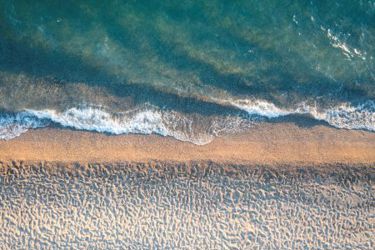How Coastal Tourism Is Impacted By Harmful Algal Blooms

For many, the beach represents escape—sunshine, surf, and crystal-clear waters. But in growing numbers of coastal communities, that idyllic image is being clouded by harmful algal blooms (HABs), also known as red tides. These toxic outbreaks can turn vibrant coastlines murky and unwelcoming, threatening not only marine ecosystems but also the economies built around tourism.
The impacts are wide-reaching. HABs often lead to beach closures, deterring visitors with warnings of skin irritation, respiratory problems, and contaminated water. Dead fish and marine life littering the shore dampen recreational appeal and send a visual message that something is deeply wrong. For local businesses—restaurants, hotels, tour operators—the economic hit can be swift and severe. Even after a bloom subsides, destinations may struggle to recover from the reputational damage, losing repeat tourists to cleaner, safer alternatives.
But advances in monitoring—like satellite imaging, remote sensing, and fluorescence-based water sensors—are giving communities a fighting chance. Early detection, paired with public education and mitigation planning, is emerging as the most powerful tool in protecting both coastal waters and the livelihoods they support.
Get unlimited access to:
Enter your credentials below to log in. Not yet a member of Water Online? Subscribe today.
